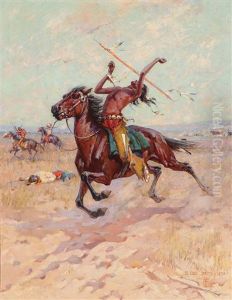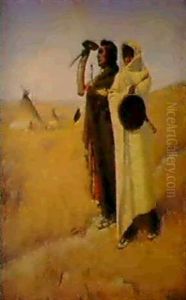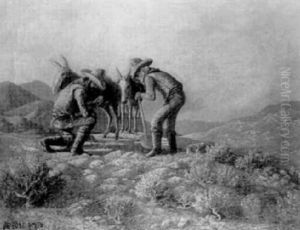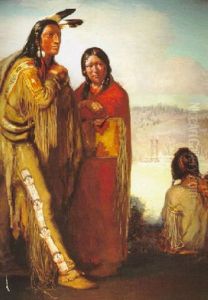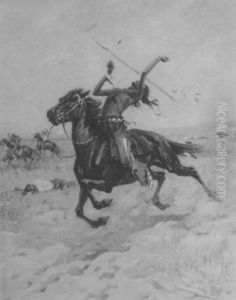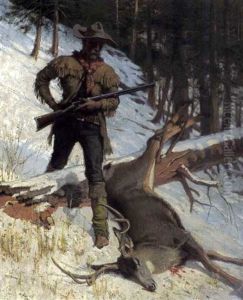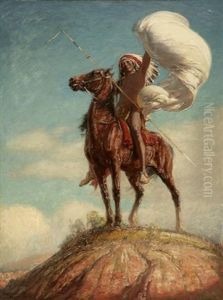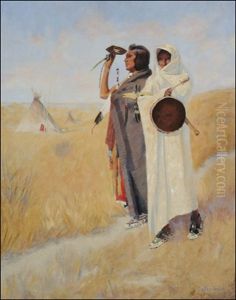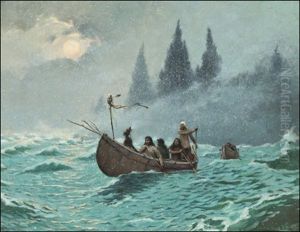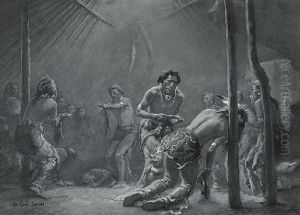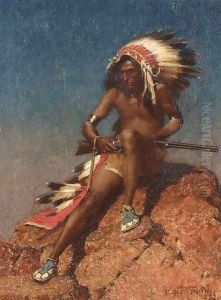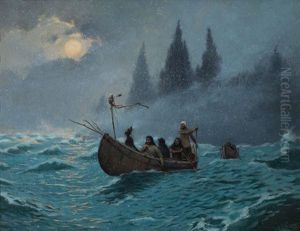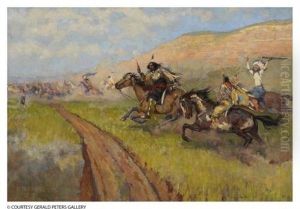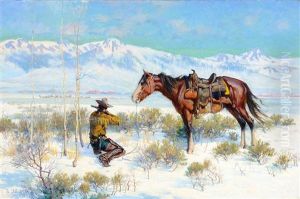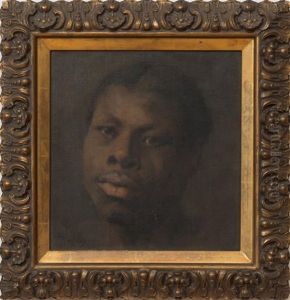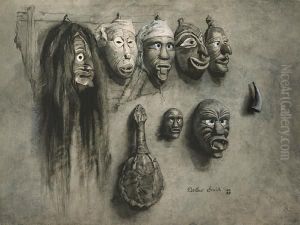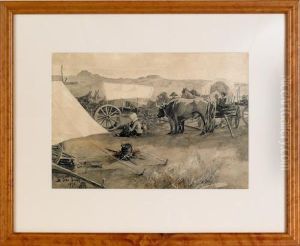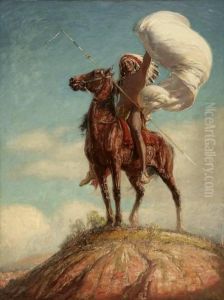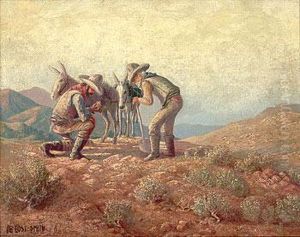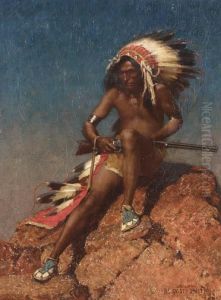De Cost Smith Paintings
De Cost Smith was an American painter, illustrator, and ethnographer who is remembered for his contributions to documenting the lives and cultures of Native American peoples. Born Roland De Cost Smith on November 14, 1864, in Skaneateles, New York, he developed an early interest in Native American culture, which became the central theme of his artistic and scholarly work.
Smith studied at the Art Students League in New York and later in Paris at the Académie Julian. His artistic training provided him with the skills to render his subjects with sensitivity and realism, which became hallmarks of his work. After returning to the United States, Smith embarked on numerous trips to the West and Southwest, where he lived among various Native American tribes, including the Hopi and Navajo. He learned their languages, customs, and traditions, which not only informed his artwork but also led to significant ethnographic research.
During his lifetime, De Cost Smith created a vast body of work including paintings, illustrations, and written accounts. His art often depicted daily life, ceremonies, and portraits of Native Americans, reflecting a deep respect and genuine interest in his subjects. He was committed to a truthful portrayal of the individuals and communities he encountered, countering the often romanticized or misunderstood depictions common in his era.
Smith's work as an ethnographer resulted in a collection of artifacts, photographs, and notes that have been valuable resources for historians and anthropologists studying Native American cultures. Despite his dedication and the quality of his work, De Cost Smith did not achieve the same level of fame as some of his contemporaries during his lifetime. Nonetheless, his contributions have been recognized posthumously, and his artworks are now included in the collections of several museums and institutions.
De Cost Smith passed away on February 6, 1939, in New York City. His legacy continues through the preservation of his art and ethnographic collections, which serve as important historical records and continue to educate and inspire current and future generations about the rich cultural heritage of Native American peoples.
